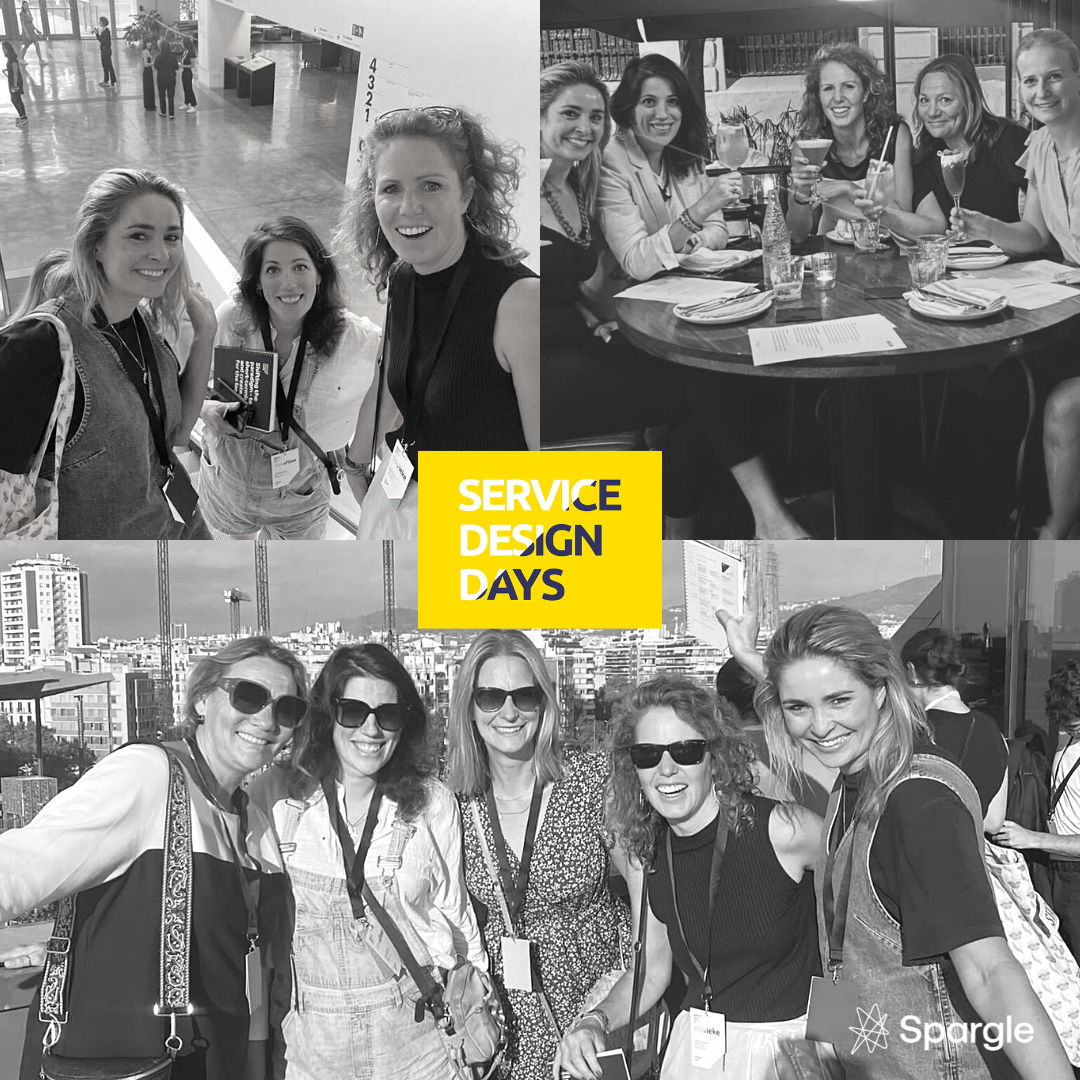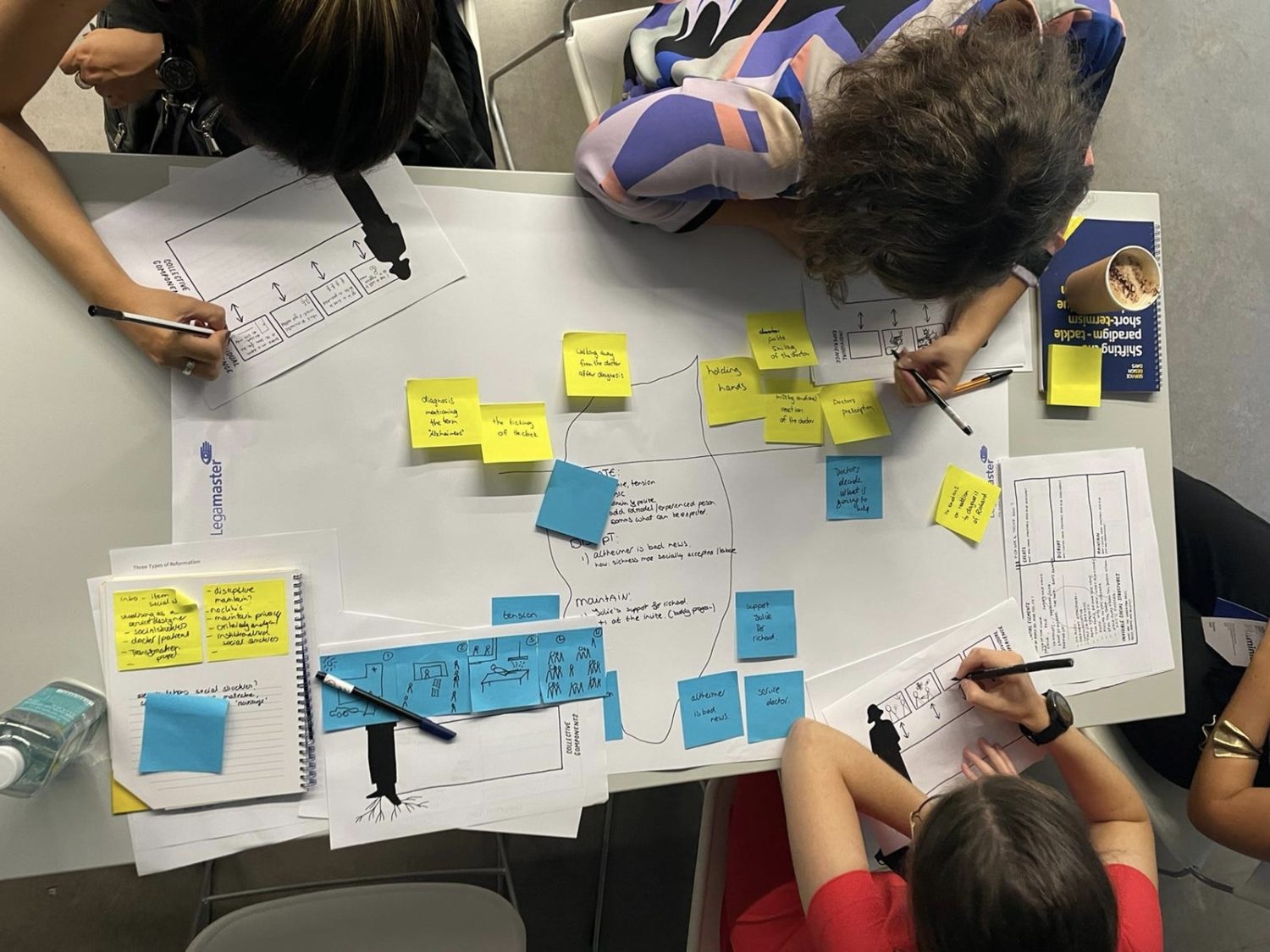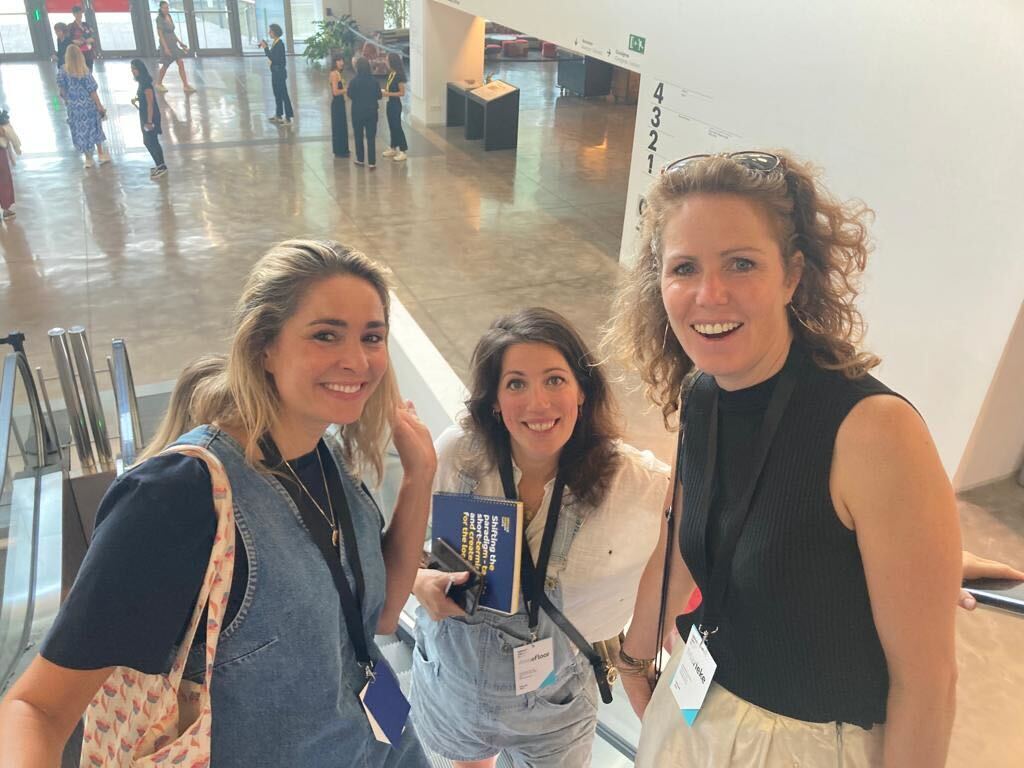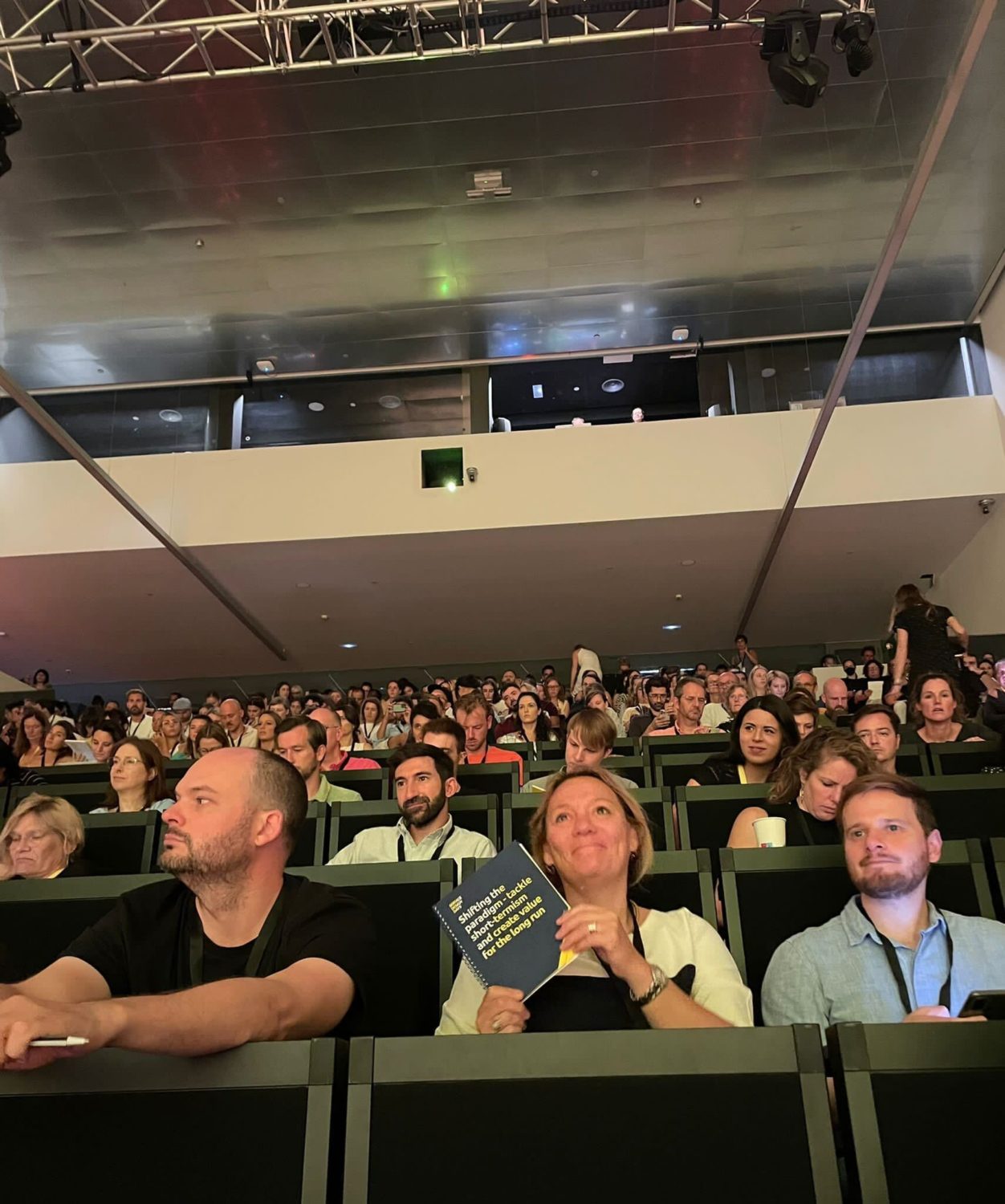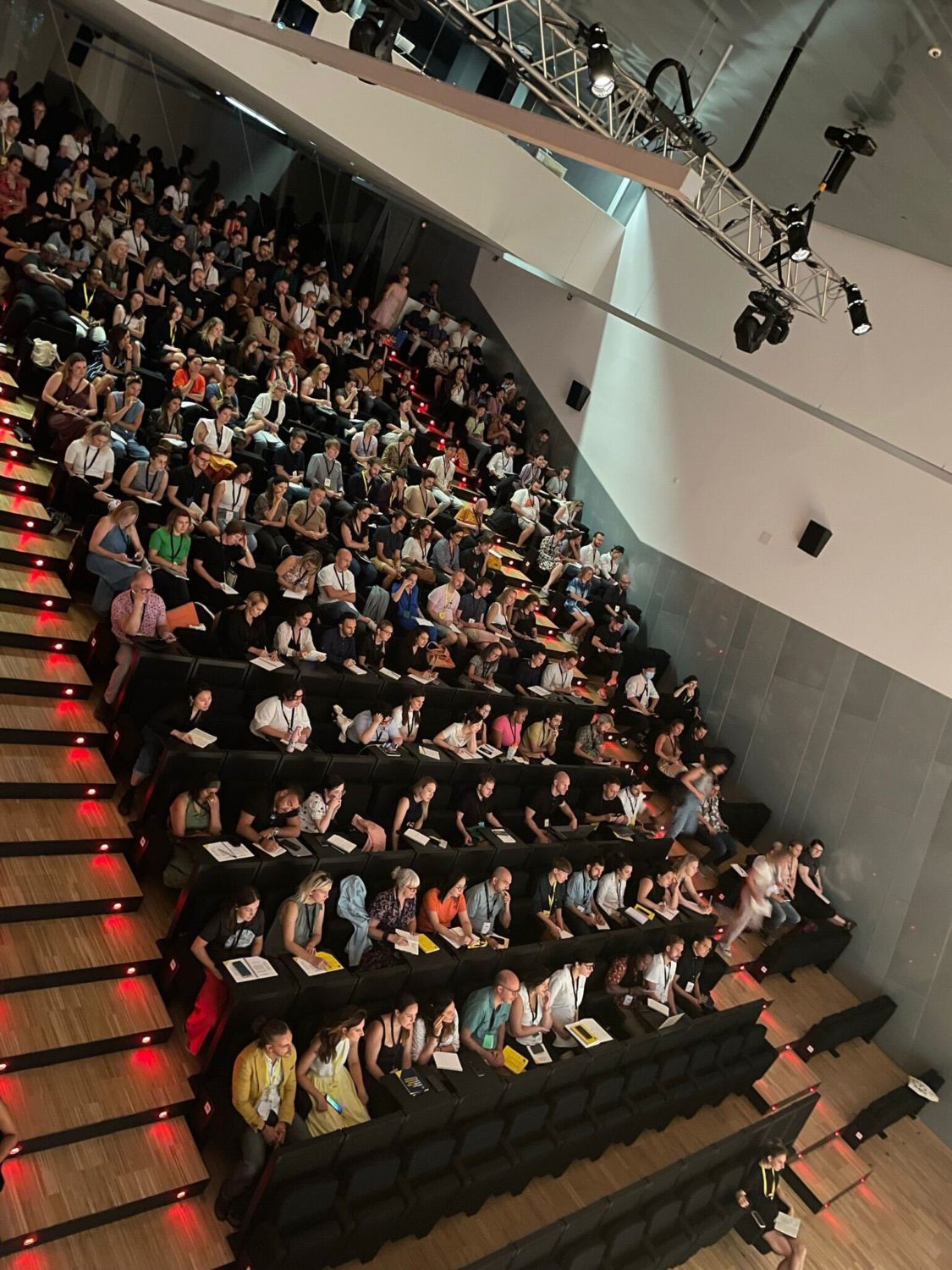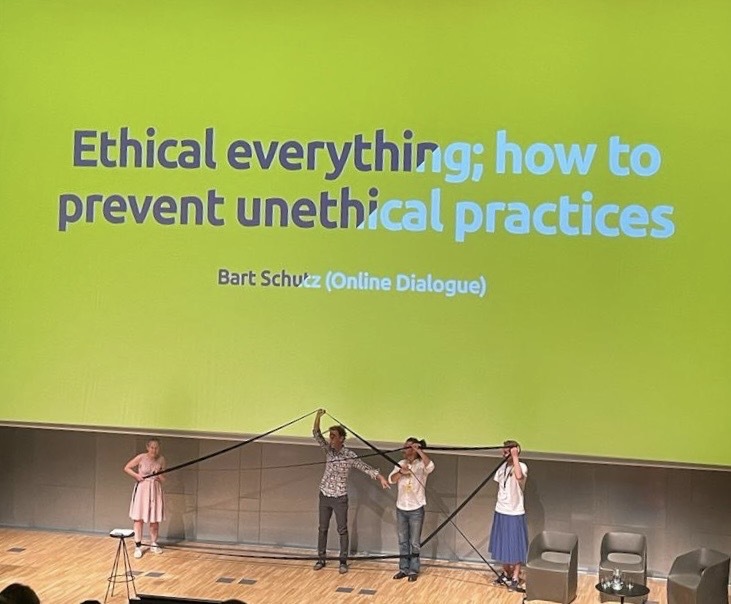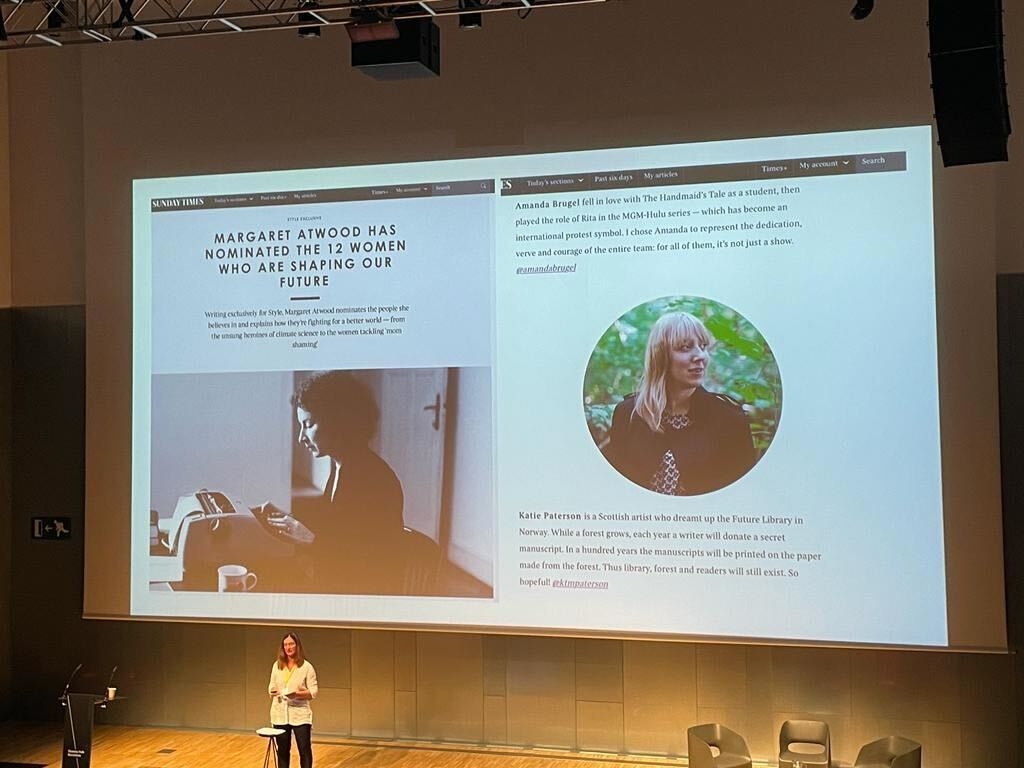Service Design Days 2022 Barcelona
Five Spargelists, 500 service design interested minds, two days full of keynote talks and masterclasses from business professionals, professors, researchers and design thinkers, in the Design Hub Barcelona.
An amazing setting for inspiration, new insights, great conversations and fun. Let’s first answer the question: what is service design?
Service Design is one of the biggest players that determines whether a customer will have a delightful experience or not with the business that sells the product. If the company isn’t structured or aligned with the service that the product aims to deliver, the user experience can suffer. It’s a process that pulls from many different sources—like user experience, product management, and marketing—in order to create and optimize powerful experiences that can be delivered seamlessly.
A summary of Service Design Days 2022 in a couple of quotes which really stood out for us:
“Pack your team with different people, like hustlers, hackers and hipsters” – Anya Ernest, Innovation Lead at Polestar.
Across different sessions and workshops, we heard the significance of having diverse teams, and how important people are in the design of any transformation. Diverse teams bring various insights and can challenge the social, political, and even ethical consequences of any proposed change.
“Don’t wait for the best possible context/configuration to start.” – David Ruiz, VP of Design and Customer Experience at SNCF Connect & Tech.
If you want to make an impact, you have to start somewhere, don’t wait for all the stars to align. Put effort into building trust amongst your stakeholders so you don’t need approval for all the things you think are necessary to achieve your goals.
“Kids need physical experience with nature to build empathy – soil literacy” and “short-termism is our greatest threat,”
These are just two quotes from Anne Beate Hovind (Professor at Oslo Metropolitan University) presenting the Future Library project at Oslo Metropolitan University. A project that was initially seen as impossible but grew into an initiative of hope, challenging the concept of time. An example of long-term thinking, emotional and explorative design which contributes to changing for the better.
“We remain in awe of the creativity, optimism and resilience that children show every day and how (…) they can develop the essential life skills not only to imagine, but to create a brighter future” – Julia Goldin, Chief Product & Marketing Officer, Lego.
In a working session organized by LEGO, we learned to play, and to use our imagination to come
up with new (design) ideas. LEGO is going through different transformations, which even touches the design department of the company where kids are invited to contribute to the design process.
“From disruption to up-ruption.” – Greg Bernarda, Advisor, Speaker & Innovation designer
Greg Bernarda challenges the existing business model canvas, seeing possibilities to extent it into ecosystem thinking. He adds industry forces, market forces, macro-economic forces and key trends to provide in larger synergies. Where the Western world sometimes considers developments as disruption, shaking up the presence; the Eastern world welcomes these developments as up-ruption, create something the whole ecosystem will benefit from and change will come hand in hand in an almost harmonious way.
“37% of people on earth don’t have access to internet, that is 2.9 billion people.” – Ich Gichuki, Design Lead at IDEO.org
How do you design for millions of underserved and hard-to-reach populations? Applying design in the right way can be used to create empathy to understand the edge case users in difficult circumstances and build low-tech solutions that make a big difference in their daily lives.
The future looks bright
Many speakers at the event showed optimism and hope for the future. We are living in difficult times, where economic, political and medical forces (can) impact our daily lives. It was remarkable to hear the hopefulness and see the numerous of examples and case studies we saw that were aiming to improve the lives of humankind, the earth and the generations still to come. Through technology, design, but above all: human forces!
Will you be joining Spargle on the Service Design Days 2023? Follow us on LinkedIn and Instagram and stay updated on all our amazing events.
